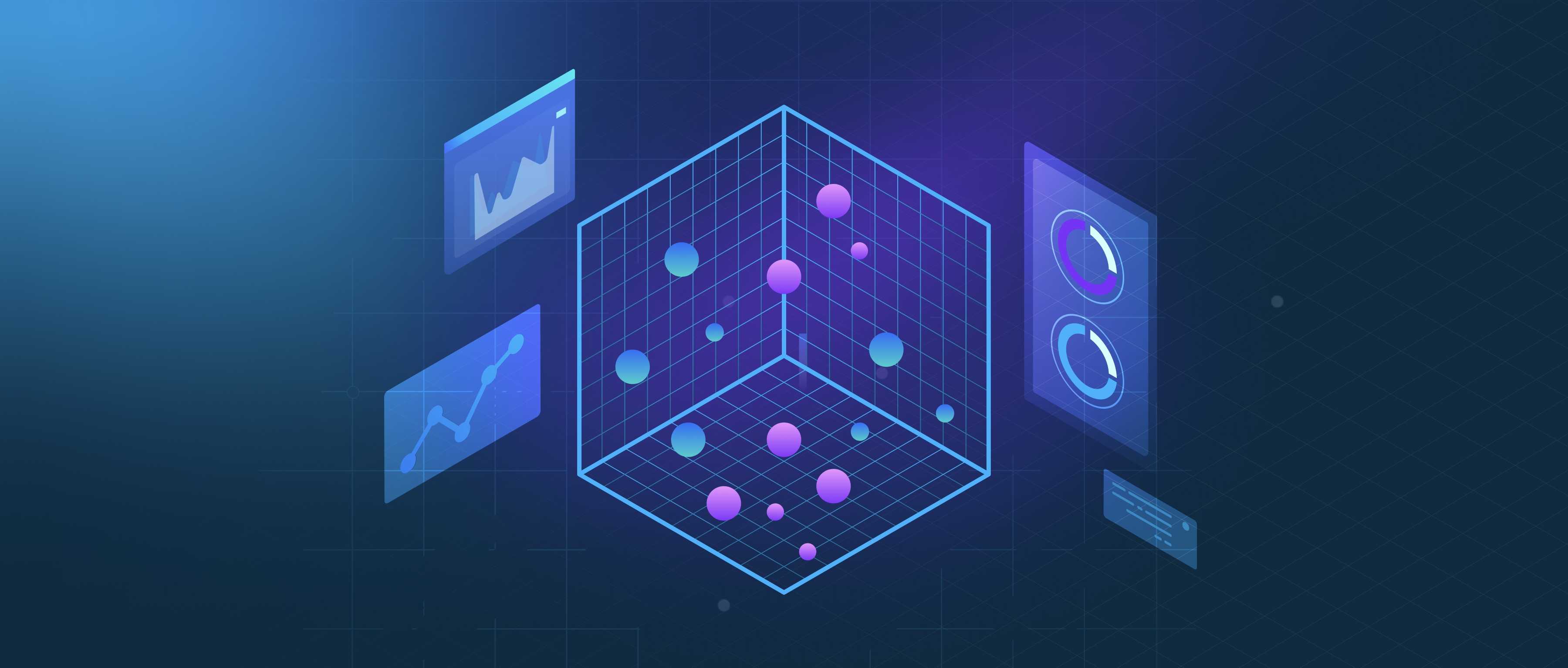Labeled and unlabeled datasets are two primary types of data used in machine learning and data analysis, and they differ mainly in the presence or absence of labels that provide context to the data. A labeled dataset contains data points that are paired with specific annotations or tags that describe their characteristics, functions, or classes. For example, in an image classification task, a labeled dataset would include images of different animals, each of which is tagged as 'dog,' 'cat,' or 'bird.' This annotation helps the algorithm learn what features correspond to each category, making it easier for the model to make predictions on similar unlabeled data in the future.
In contrast, an unlabeled dataset comprises data points that do not have any associated annotations. These datasets can include images, text, or any other type of raw data that lacks contextual understanding. For instance, you might have a collection of photographs with no labels identifying what is in each image. Without labels, algorithms must rely on different techniques to uncover patterns or group similar items together. Common approaches for working with unlabeled datasets include clustering, where the model tries to group similar items, or semi-supervised learning, which combines a small amount of labeled data with a larger set of unlabeled data.
The choice between labeled and unlabeled datasets typically depends on the specific goals of a project and the available resources. Labeled datasets can require significant time and effort to create, as they need to be expertly annotated. On the other hand, unlabeled datasets are easier to collect since they can come from various sources without manual intervention. However, utilizing unlabeled data effectively often necessitates more complex modeling techniques to achieve accurate results. Developers should carefully assess the nature of their data and the specific requirements of their tasks to decide which type of dataset is most appropriate for their needs.
